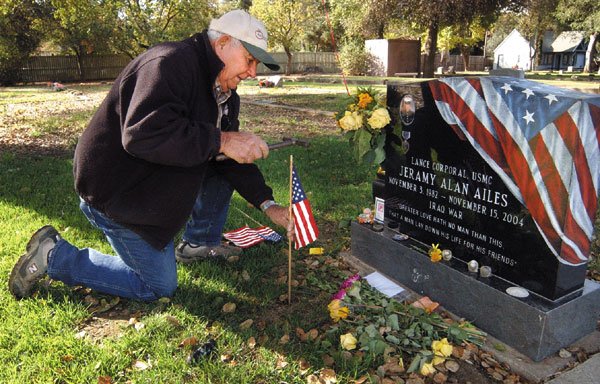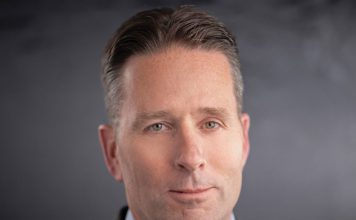Women protect their country and freedoms
By Betsy Avelar Staff Writer
Gilroy – Guadalupe Luque is the epiphany of a modern day soldier. She performs duties that would not have been allowed years ago.
Luque, 25, served four years in the U.S. Airforce as a military policewoman. The San Martin resident rose to the rank of Senior Airman by the time she finished her service and obtained a job in security at Gavilan College.
“When I went in just out of high school, I didn’t really care much about my family, my whole attitude changes after the first night, I was like ‘What the hell did I get myself into,’ but I would do it again, it was a good experience.”
As America recognizes its veterans today, a small but steadily growing number are women – some 28,000 of the 274,000 service members currently deployed. While still officially relegated to support positions and barred from infantry or armored divisions, such distinctions mean little when even the enemy isn’t clear and any position can be a target.
Women’s integration to default combat has occurred as a result of practice, rather than policy, said David Segal, director of the Center for Research on Military Organization at the University of Maryland noting that racial integration happened in much the same way during the Korean War. The shift may help Americans’ ideas about who military members are, though it’s still shocking to some to see women come back from Iraq or Afghanistan in body bags or with amputations and other traumatic wounds. Fifty-eight women have been killed in Iraq since 2003, and 428 have been wounded.
Women Veterans like Judy Kritikos of Morgan Hill believe that women belong in environments away from combat.
“I personally do not feel that women belong in combat,” said Kritikos, 52. “It’s bad enough that men have to watch their own friends be tortured, but I think its another level when men have to see women go through that. This is a country that to some degree still places a high value on women. Men are typically their defenders. When a man sees a women hurt his natural instinct is to protect her.” Kritikos enlisted in 1972 and two years later was discharged honorably as Specialist 4 from the army.
Though the number of women enlisting is increasing, for many Americans – including Luque – the image of a veteran is still firmly masculine.
“I would consider veterans people who were up in the front line. We can’t really go on the front line, we can’t be members of infantry, and I think that would explain why we’re not really heroes in the eyes of the public,” Luque said about women in the military.
But some women also worry about declaring too many differences between them and their male counterparts – and they’re most proud of the ways in which they’ve shown themselves to be equal.
Morgan Hill resident Lisa Dukes served five years in the Army in human resources, dealing with personnel issues and management.
“I was always treated with respect from my male counterparts, and I was seen as a peer. It did not matter that I was a woman. I served with men and women side by side,” said Dukes.
Though the older woman veterans did not participate directly in combat situations, they often, like men, face adjustments when they return to the U.S. or to civilian life. Veteran hospitals have worked hard to better meet the needs of female veterans, who can suffer sexual trauma or abuse, gynecological problems, mental trauma, difficulties coming back to a caretaker role in their families, or guilt over leaving their children.
“We’re working very hard at getting across the idea to women that we can provide them with an environment that’s safe and sensitive to their needs,” says Katherine Dong, Women Veterans Program manager at the North Chicago VA hospital. About 10 percent of her hospital’s patients are women even though women are not allowed to serve in infantry.
Some women soldiers do experience dangerous situations, like Gilroy resident Aimee Santos.
“She was supporting the troops at the base that she helped establish right outside of Baghdad. They were constantly going into the bunkers because their base took fire regularly,” said her father Rick Santos, who expects the return of his 24-year-old daughter in December. “She had shell casing land by her feet, and she was carrying weapons and wearing a flack jacket most of the time.”
It is clear that women’s roles are changing in the military as they are brought closer to combat, and though it’s not something Kritikos is content with, Luque feels that women should have the choice to decide their level of involvement.
“A lot of people see it as a man’s job, and I don’t like that. I don’t believe that women should just stay in the offices, they should be allowed to do whatever they want,” said Luque.
“I could sit here and explain how the military experience was, but you don’t know how it is until you experience it,” she said.















